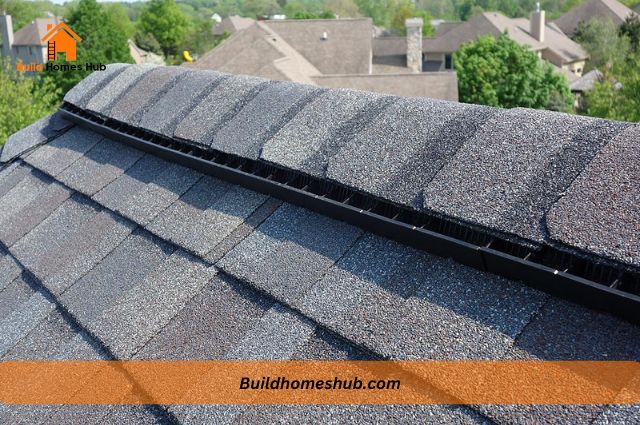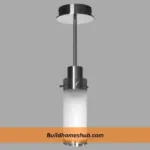Are you tired of high energy bills and stuffy indoor temperatures during the summer months? Have you been considering installing ridge vents on your roof to cool your home naturally? If so, you’re not alone. Ridge vents have become increasingly popular in recent years, but do they really work?
In this post, we’ll explore the science behind ridge vents and examine their effectiveness in cooling your home.
Understanding Ridge Vents
Before we get into the science of ridge vents, let’s first understand what they are. Ridge vents are a type of roofing ventilation system that involves cutting a gap in the peak of your roof and installing a vent that runs along the entire length of the ridge. The vents allow hot air to escape from the attic or upper levels of the house, allowing for a natural flow of cool air into the house.
The Science of Heat Transfer
To understand how ridge vents work, it’s important to understand the science of heat transfer. Heat naturally moves from hot areas to cool areas, and this process is known as heat transfer. In the summer, the sun heats up your roof, which in turn heats up the air in your attic or upper floors. This hot air rises and creates a “stack effect,” drawing in cool air from the outside to replace the hot air.
Do Ridge Vents Really Work?
Now that we understand how heat transfer works, we can examine whether ridge vents are an effective cooling option for your home. The short answer is yes, ridge vents do work to cool your home naturally. By allowing hot air to escape through the roof and drawing in cool air from the outside, ridge vents can significantly reduce the temperature in your attic or upper floors.
Factors Affecting Ridge Vent Effectiveness
While ridge vents can be an effective cooling option, their effectiveness depends on several factors. These factors include:
- Roof design: The effectiveness of ridge vents can be affected by the size, shape, and slope of your roof. Consult with a professional to determine if ridge vents are a good option for your specific roof design.
- Attic insulation: Proper attic insulation is essential for maintaining a cool indoor temperature. If your attic is poorly insulated, ridge vents may not be as effective.
- Weather: Ridge vents work best in mild to moderate weather conditions. In extremely hot or humid conditions, ridge vents may not be enough to cool your home.
- Home design: The layout of your home can also impact the effectiveness of ridge vents. For example, if your home has vaulted ceilings or a cathedral design, ridge vents may not be as effective in cooling the upper floors.
Other Cooling Options for Your Home
While ridge vents can be an effective cooling option for many homes, they may not be the best choice for everyone. Other cooling options to consider include:
- Attic fans: Attic fans can help circulate air in your attic, reducing the temperature and preventing hot air buildup.
- Whole-house fans: Whole-house fans can draw in cool air from outside and circulate it throughout your home, reducing the indoor temperature.
- Air conditioning: If you live in an area with extreme heat and humidity, air conditioning may be the most effective cooling option for your home.
The Bottom Line: Are Ridge Vents Right for You?
So, are ridge vents the right cooling option for your home? The answer depends on several factors, including your roof design, attic insulation, weather conditions, and home layout. If you live in an area with mild to moderate summer temperatures and your roof is suitable for ridge vents, they can be an effective and sustainable cooling option for your home.
However, if your attic is poorly insulated, your home has a unique design, or you live in an area with extreme heat and humidity, you may need to consider other cooling options. Consulting with a professional is essential in determining the most effective and sustainable cooling option for your home.
Regardless of the cooling option you choose, it’s important to remember that sustainable living practices can significantly reduce your energy bills and carbon footprint. Other ways to reduce indoor temperatures include shading your windows, using energy-efficient light bulbs, and planting trees or vegetation to provide natural shade.
In conclusion, ridge vents can be an effective and sustainable option for cooling your home, but their effectiveness depends on several factors. Consider consulting with a professional to determine if ridge vents are the right choice for your specific situation. By choosing sustainable and energy-efficient cooling options, we can all contribute to a greener and more sustainable world.
I hope to help you make the right choices with my content. I am passionate about building new homes and renovations. Follow me, on my socials, I drop nice stuff that may be helpful.











